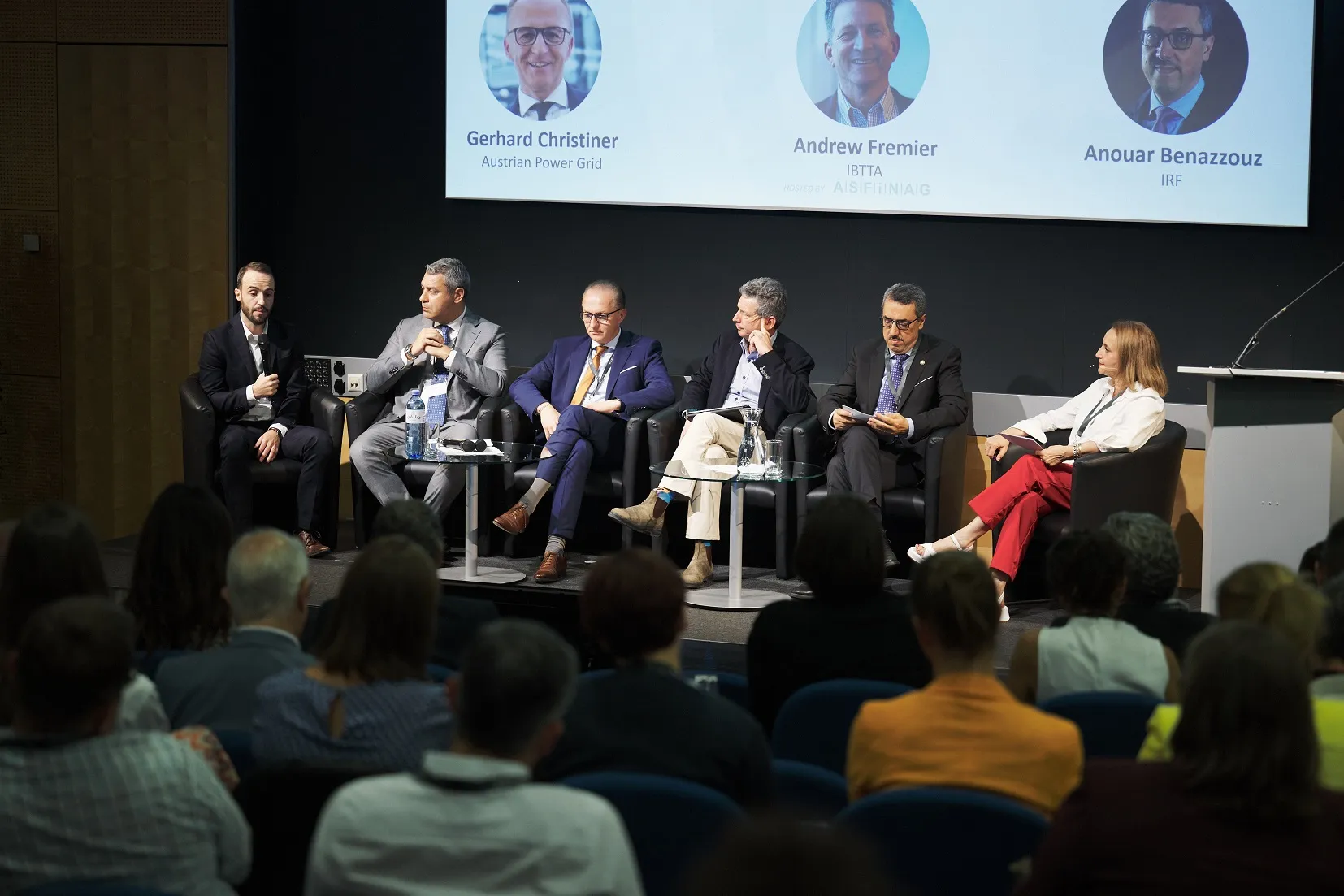In this report IDTechEx show how the Chinese are now dominating the league table, buying the most buses and innovating rapidly already creating the lowest cost base by far. The report examines the different power trains and the move from chassis to integrated manufacture often with no chassis and later structural electronics as bodywork will come. Technological roadmaps show the rapid innovation coming in the next decade and regional and technology sales are forecasted to 2027. Well over 100 hybrid and pure electric bus manufacturers are appraised and regional trends revealed.
Based on extensive interviews, conferences and searches this report provides an up-to-date in-depth appraisal of the issues and trends. It includes a detailed look at fuel cell buses over nearly three decades, identifying why further delays are risking the window of opportunity for them closing as the greener, more efficient pure electric buses prove fit for prime time and over a quarter of a million e-buses will be purchased in 2026 due to both legal push and market pull.
Forecasts are for number, unit price and market value 2017-2027 by region, powertrain and pure electric versus hybrid. Over 8t and under 8t are analysed in the 265-plus pages of original summary and analysis, easily grasped by those with limited time. The information has been appraised by our PhD level analysts with long experience and an intensive program of travel to check out the facts. Worldwide, over 100 manufacturers and many recent interviews are covered including EV events in Japan, Taiwan, the USA, UK and Germany.
IDTechEX: electric buses will be a US$165 billion market in 2027
Industrial and commercial electric vehicles will be a similar market to cars but innovating faster and frequently more profitable for all in the value chain. The most important sector is buses, where innovation often comes before cars because they are less price sensitive. A report by IDTechEx Research, Electric Buses 2017-2027, finds that the market for medium and large hybrid and pure electric buses will be over $165 billion in 2027. In this report IDTechEx show how the Chinese are now dominating the leag
April 27, 2017
Read time: 2 mins
Industrial and commercial electric vehicles will be a similar market to cars but innovating faster and frequently more profitable for all in the value chain. The most important sector is buses, where innovation often comes before cars because they are less price sensitive. A report by 6582 IDTechEx Research, Electric Buses 2017-2027, finds that the market for medium and large hybrid and pure electric buses will be over $165 billion in 2027.










